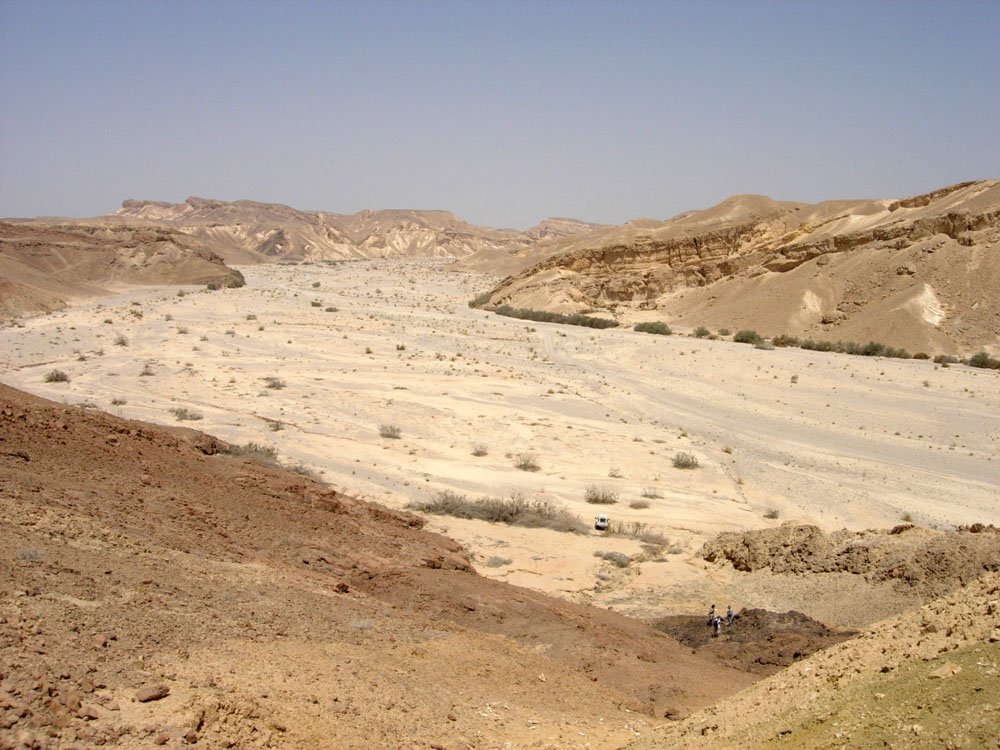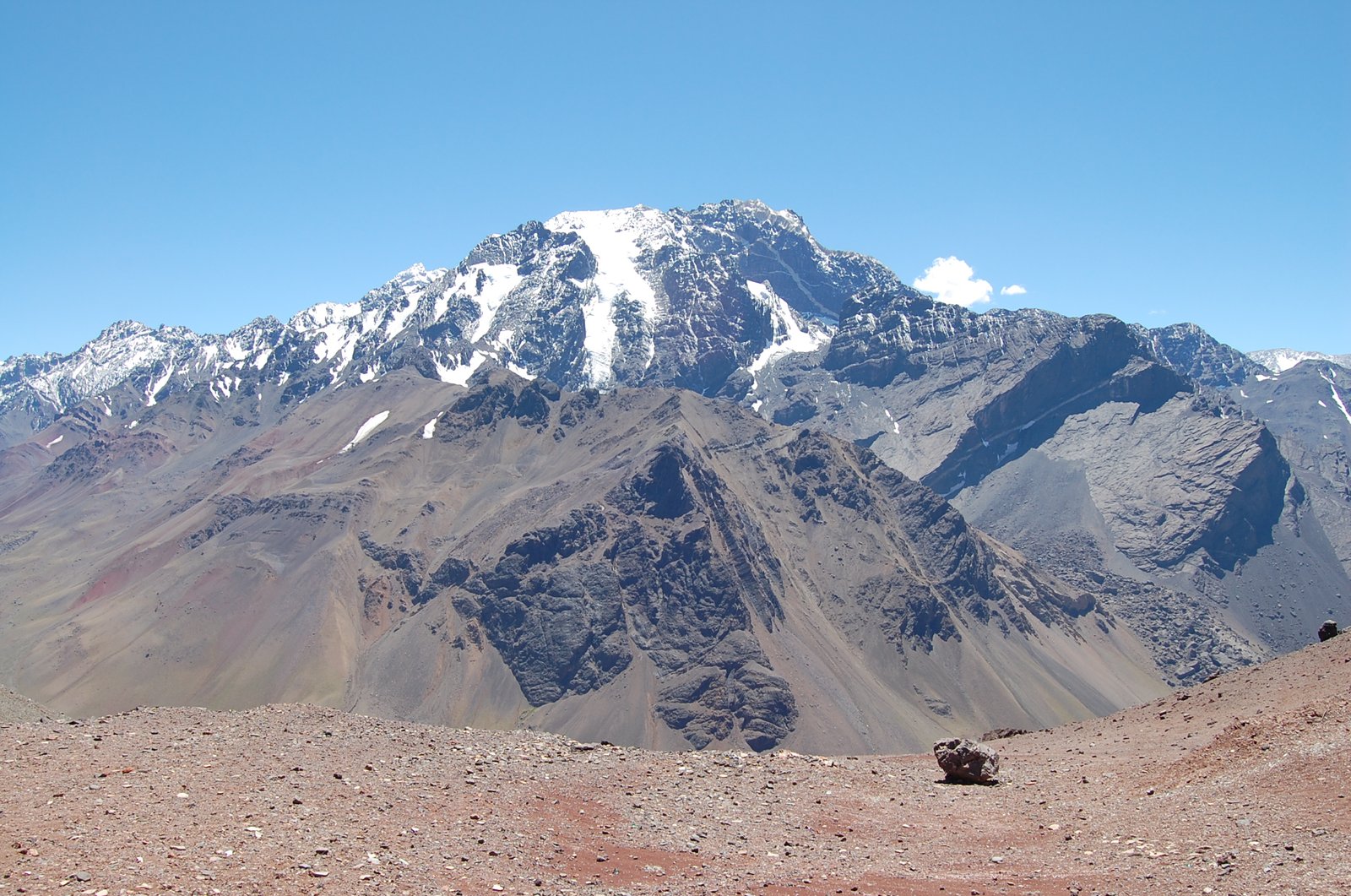You probably never thought of a mountain as a water bottle. But in South America, the towering Andes have been just that for millions of people—nature’s glacier-capped reservoirs, silently storing and releasing life-giving water. Imagine waking up one morning to find your well dry, your crops wilting, and the rivers that once danced down the slopes now reduced to a trickle. This isn’t a distant nightmare. It’s the startling new reality for countless communities as the Andes’ icy crowns melt away faster than ever before, leaving behind a thirsty land and a future full of uncertainty.
The White Giants Above the Clouds
High above the bustling cities and emerald valleys of South America, the Andes stretch for over 7,000 kilometers, making them the world’s longest continental mountain range. These mountains are more than just rocky peaks—they’re crowned with hundreds of glaciers, shimmering like diamonds under the sun. For centuries, these icy giants have stored winter’s snowfall, slowly releasing meltwater throughout the year. This natural process has quietly fed rivers, irrigated crops, and filled drinking glasses from Colombia all the way down to Chile. The glaciers are so important that locals often call them their “water towers.” Without them, life as they know it would simply dry up.
Why Glaciers Really Matter
It might seem like glaciers are just scenic backdrops or tourist magnets, but they play a far more critical role. Glaciers act like massive frozen batteries, charging up during the wet season and discharging water during dry spells. This is especially vital in the Andes, where rainfall can vanish for months. In places like Lima, Peru, as much as 80% of the city’s water comes from rivers fueled by glacial melt in the dry season. When these icy stores shrink, communities are left thirstier, crops struggle, and even electricity—much of it powered by hydroelectric dams—becomes scarcer. A glacierless Andes would mean a thirsty, troubled continent.
Signs of a Melting Crisis

If you look at old photographs from just a few decades ago, you’ll see the difference: glaciers that once spilled down valleys are now shrunken, streaked with bare rock. Scientists trekking across the Andes have measured glacier retreat at record speeds. Some, like Bolivia’s Chacaltaya, have vanished entirely—Chacaltaya was once the world’s highest ski resort, and now it’s just a memory. Satellite images confirm the loss: since the 1970s, the Andes have lost up to 50% of their glacial ice in some regions. The speed of this change is shocking, and it’s accelerating every year.
The Hidden Mechanics of Glacial Melting
Glaciers don’t melt evenly or simply from warm air. Instead, they’re sensitive to a cocktail of factors: rising temperatures, changes in snowfall, soot from wildfires, and even dust blown in from faraway deserts. When dark particles settle on the ice, they absorb more sunlight and speed up the melting process. Scientists have observed this “dirty snow” effect on Andean glaciers, watching once-bright surfaces turn gray and slushy. El Niño climate cycles, which bring hotter, drier weather, can speed things up even more. The result is a fragile balance tipping toward disaster.
Climate Change: The Relentless Thief
The culprit behind this icy vanishing act is, without a doubt, climate change. The Andes are warming at nearly twice the global average rate, with temperatures in some zones rising by 0.5 degrees Celsius per decade. These small changes add up to big impacts when you’re dealing with something as delicate as a glacier. Even if the world stopped burning fossil fuels tomorrow, the glaciers would keep shrinking for decades, thanks to the heat already stored in our atmosphere. The Andes are on the front lines of a global crisis, and their ice is paying the price.
Rivers on the Brink

As the glaciers shrink, the rivers they feed are running lower and slower. This isn’t just an inconvenience—it’s a direct threat to millions. Rivers like the Santa in Peru and the Maipo in Chile are lifelines for entire regions, supporting everything from farming and fishing to city water supplies. With less glacier melt, these rivers dry up faster during droughts, leaving villages and cities scrambling for water. Sometimes, desperate measures follow: water rationing, tanker trucks, and even protests in the streets. The rivers’ fates are tied directly to the icy peaks above.
Urban Water Stress Hits Home
Imagine living in a city where water only comes out of the tap a few hours a day. That’s the new normal in parts of La Paz, Bolivia, and even the sprawling metropolis of Lima, Peru. Both cities depend heavily on glacier-fed rivers, and as the glaciers shrink, so do their water reserves. Residents have started collecting rainwater in buckets or buying expensive bottled water. This urban water stress is a taste of what’s to come if glacier loss continues unchecked. For the poorest, it’s not just an inconvenience—it’s a matter of survival.
Agriculture in Peril
The Andean valleys are famous for their terraced fields and lush crops, from potatoes to quinoa. But these farms depend on steady water from the hills above. Without glaciers to feed irrigation canals, yields are falling and soils are drying out. Farmers are forced to plant less or switch to hardier, less profitable crops. Some have even abandoned their land altogether, moving to cities in search of work. It’s a quiet crisis that threatens not just food security but the cultural fabric of entire regions.
Hydroelectric Power at Risk

Water doesn’t just feed people—it powers economies. Much of South America’s electricity comes from hydroelectric dams, many of which rely on glacier-fed rivers. As those rivers dwindle, so does the power supply. Blackouts and power shortages have already hit countries like Ecuador and Peru during drought years. The risk isn’t just higher energy prices, but a full-blown energy crisis if glaciers disappear entirely. The Andes’ ice is, quite literally, keeping the lights on for millions.
Andean Biodiversity Under Threat
The Andes are a hotspot for biodiversity, home to unique plants and animals found nowhere else on earth. Glaciers play a surprising role in this, providing cool, clean water to streams and wetlands teeming with life. As glaciers vanish, these habitats shrink or disappear, putting everything from frogs to rare flowering plants at risk. The loss isn’t just ecological—it’s a blow to the region’s natural heritage and the balance of life that has evolved over millennia.
The Human Toll: Communities on the Move
As water sources dry up, entire communities are being forced to relocate. In Peru, some mountain villages have packed up and moved to lower elevations, abandoning ancestral homes. The United Nations now classifies some of these people as “climate migrants.” It’s a heartbreaking choice: stay and risk hunger and thirst, or leave behind everything you know. These stories are becoming more common as glacier loss accelerates, turning the Andes into a landscape of both beauty and loss.
Ancient Knowledge Meets Modern Crisis
Indigenous Andean peoples have lived in harmony with glaciers for centuries, developing ingenious ways to manage water. They’ve built stone canals, created artificial lagoons, and held ceremonies honoring the “apus” or mountain spirits. Today, many communities are combining this ancient wisdom with modern science, monitoring glacier melt and adapting farming techniques. Their resilience offers hope, but even the best traditions are being stretched to the breaking point by the speed of change.
Innovative Solutions in a Drying World
Not all the news is grim. Across the Andes, people are fighting back with creativity and determination. In places like Cusco, Peru, engineers are building artificial glaciers—called “ice stupas”—to store winter water for use in the dry season. Rainwater harvesting, reforestation, and revived traditional water management systems are all being tried. These efforts are inspiring, but they’re racing against the clock. The challenge is enormous, but so is the human spirit in the face of adversity.
The Role of Science and Monitoring

Scientists are working tirelessly to understand and predict glacier loss in the Andes. They use everything from drones and satellites to boots-on-the-ground measurements, piecing together a clearer picture of what’s happening. This research is vital for planning—knowing which glaciers are most at risk, and how fast water supplies might dwindle, helps governments and communities prepare. But science isn’t just about data; it’s about sounding the alarm and guiding action before it’s too late.
Global Connections: Why the World Should Care
The Andes’ melting glaciers aren’t just a South American problem—they’re a global warning sign. The processes at work here are playing out in mountain ranges from the Himalayas to the Rockies. If the world doesn’t act to curb climate change, the fate of the Andes could soon be shared by millions more. The loss of these “water towers” is a preview of what unchecked warming means for us all, no matter where we live.
Tourism and the Vanishing Ice

Tourists flock to the Andes for the chance to see their majestic glaciers, hike through snowy valleys, or even ski on the slopes above the clouds. But as the ice retreats, so do the visitors. Iconic destinations like Pastoruri Glacier in Peru are now more rock than ice, forcing guides to rewrite their tours. The loss isn’t just about beauty—it’s about livelihoods for thousands who depend on eco-tourism. The changing landscape is a wake-up call for visitors and locals alike.
Hope Lies in Collective Action
The Andes’ plight isn’t sealed. Efforts to slow glacier loss and adapt to a drier future depend on everyone—from mountain villagers to city dwellers, from scientists to politicians. Stronger climate policies, smarter water management, and support for vulnerable communities can make a difference. While the glaciers may never fully return, their legacy can inspire a new era of stewardship for the mountains and the people who depend on them.
A Future Shaped by Choices

Every action taken today, from turning off a light to pushing for cleaner energy, ripples up to the highest peaks. The Andes are thirsty, but they’re also resilient—a testament to nature’s power and fragility. The fate of these mountains isn’t just a story of loss; it’s a call to action, a chance to choose a different path for South America and the world. Will we answer the call before the last ice melts away?


